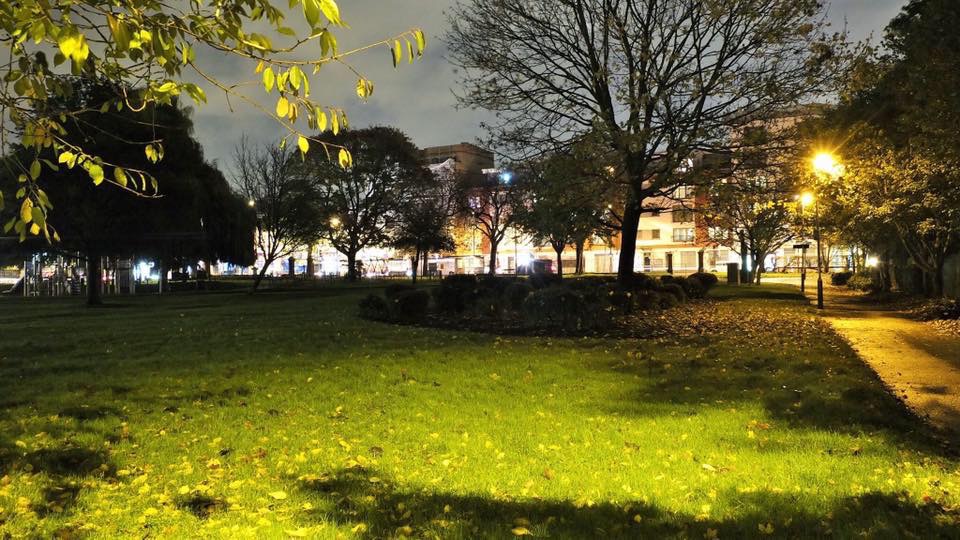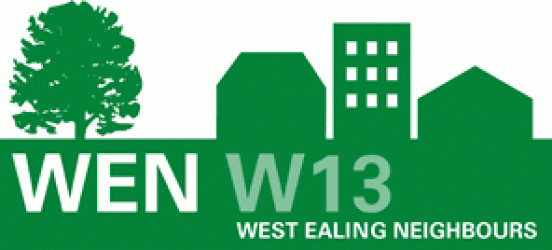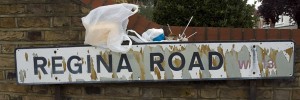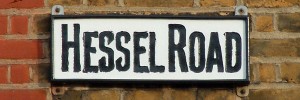It should come as no surprise that many of our names have royal connections, partly for patriotic reasons but also reflective of the fact that Duke of of Kent (1767 -1820) Edward Augustus, father of Queen Victoria lived at Castle Hill Lodge from 1801-12. A replacement house was built in 1845 and a small part still exists and is now occupied by St David’s Home. So we have Kent Gardens, Regina Road/Terrace and Victoria Road/ Cumberland Road in W5/W7.
An interesting name of agricultural origins is Hessel Road and a member of Steel family told me that the family use to grow the Hessel Pears, hence this name. “Excellently hardy pear. Ready October. Round to conical fruit. Pale yellow with small russeted dots. Quite a sweet fruit. Does well in the north of country. Crops very heavy. Found in Hessle, Yorkshire.” An internet search reveal you can buy a tree for £12.75. Other fruit names which are just in W5 in Little Ealing are named after varieties of cooking apples Bramley, Julian & Wellington roads, which were built on land developed by the Steel family.
While on the agricultural theme, the names of fields often find themselves being used for street names. The obvious ones Broomfield Road/Place, Churchfield, Courtfield, Glenfield Road/Terrace, Kirkfield, Mayfield, Middlefielde, Northfields, Westfield. A very un-obvious one is Northcroft Road, which probably takes it name from a field called North Kings Croft. The road itself follows a footpath that linked Windmill road in Little Ealing with West Ealing.
Northfield’s school site is bordered on one side by Balfour Road and nearby are Salisbury and Chamberlain Roads, all of these undoubtedly take their name from politicians of the period. Balfour was Prime Minister in 1902 when the Education Act of that year, made education compulsory. The previous 1870 act had allowed local communities if they so decided to offer education and to recoup the cost through the “rates” (now Council Tax), consequently the provision was patchy. The passing of act prompted much school building and Northfield school dated from this period. The building design was used for Little Ealing School as well, which saved on the cost. Balfour had previously served in his Uncle’s – Lord Salisbury cabinet, which is where we get Salisbury Road from. Chamberlain Road is named after Joseph Chamberlain (1836 – 1914) who in his early years was a campaigner for educational reform, serving as Mayor of Birmingham before becoming an MP, rather than his more famous son Neville Chamberlain. It was Neville who signed the Munich Agreement in 1938, which was popular with most people in Britain because it appeared to have prevented a war with Nazi Germany. Charles Steel was a a conservative party supporter and was probably behind the naming of these roads.
Whilst in this area Marder road takes its name from the Marder Estates, which was land purchased by the Steel family and for a while they were early estate agents with an office at 2 Plough Terrace called (The South Marder Estates Co ). Ironically, the building is still used today as an estate agents.
David Shailes (to be continued).




